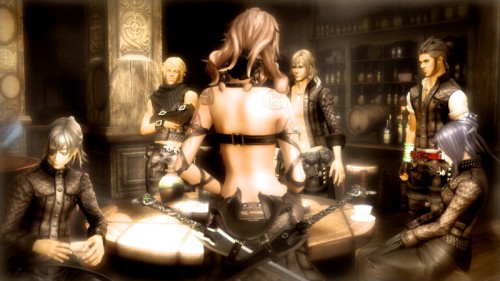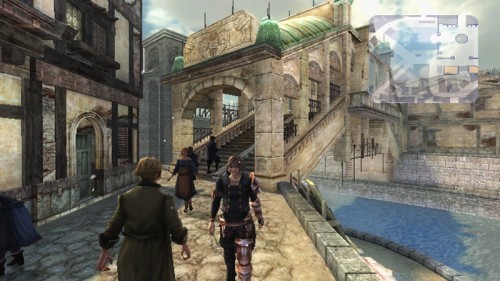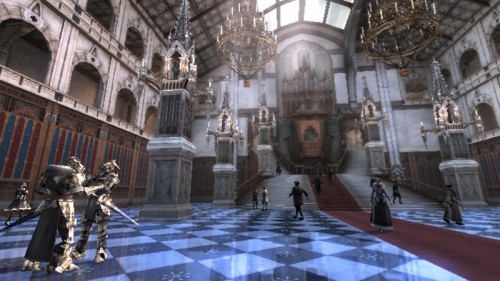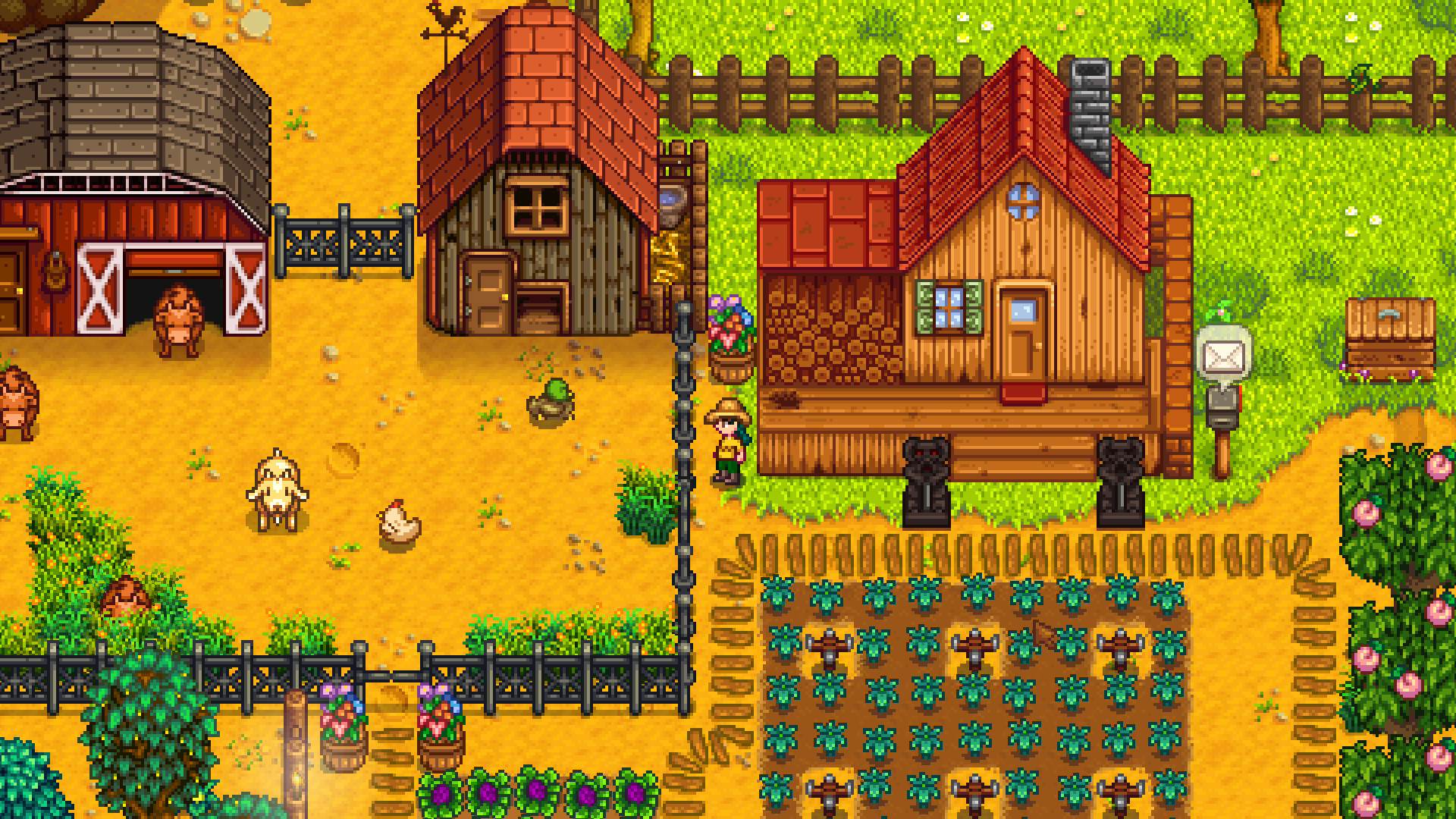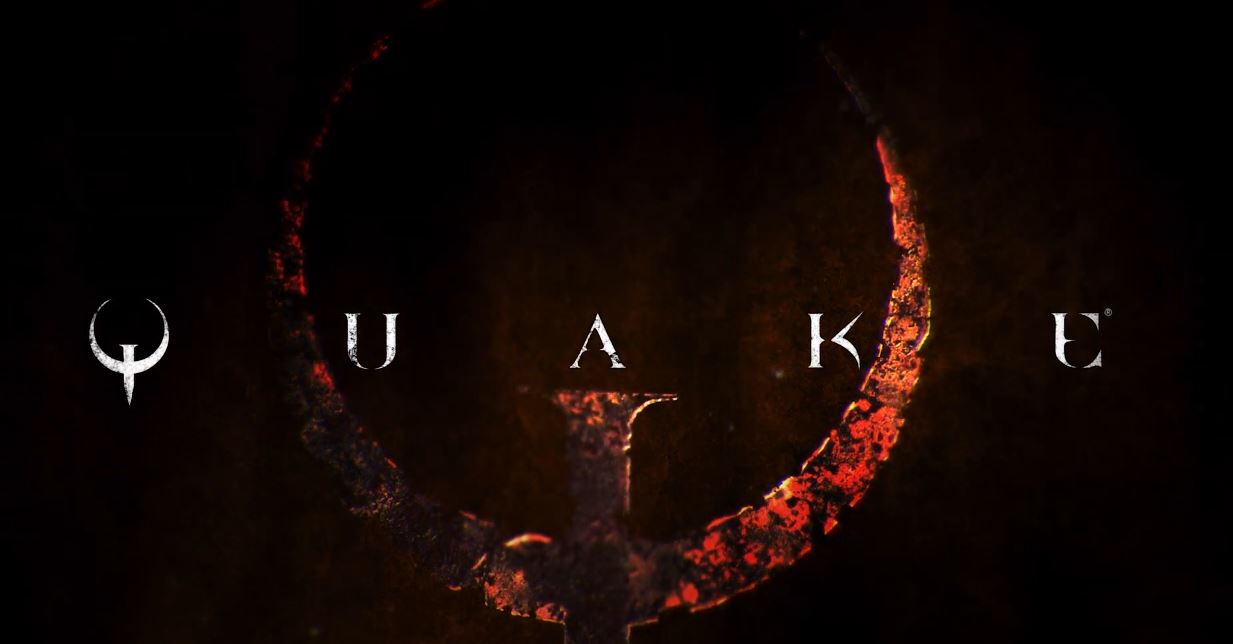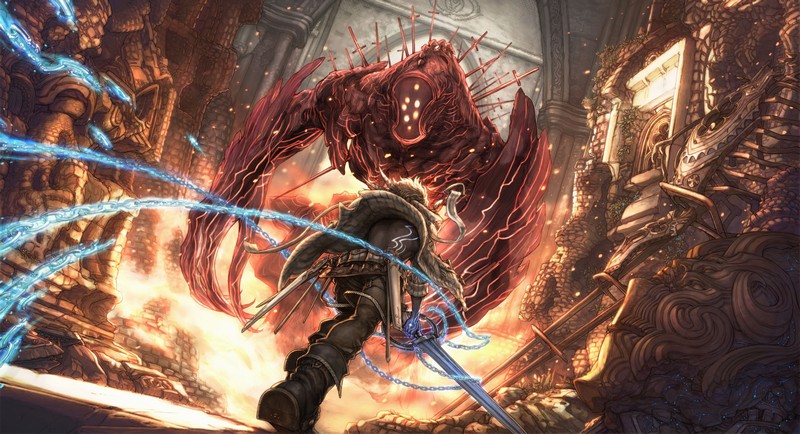
The quirks and idiosyncrasies of the Japanese role playing genre have been at the forefront of gaming discussion, with genre fans not in the least bit shy to exert frustations and opinions on the questionable direction taken for many long standing franchises. With an arguably diminished public reception to once lauded tropes, which are now branded as archaic and lacking evolution, the genre as a whole in the West has been pushed to the back of the crowd as other international developers take the center of the role playing stage. Hyperbole? Maybe a little, but you get my point.
Yet even with cynicism abound, notable franchises and legacy titles live on, continually pleasing a significant portion of an endlessly loyal fanbase. Quality is subjective and at times irrelevant. Throw a Final Fantasy or Tales game into the frey and people will buy it in droves. But franchises like these have earned their devotees thanks to years of service to brand recognition. What about names? Not franchises, or studios, but real people? What about Hironobu Sakaguchi? This is where we are today.
Hironobu Sakaguchi – legendary creator of Final Fantasy, JRPG veteran, founder of Mistwalker, and now collaborator with Nintendo – has launched The Last Story on Nintendo Wii, his first directorial role since Final Fantasy V. Somewhat late for us English speaking folk, The Last Story could be seen as the Wii’s swansong, as one of few enduring titles to ride Nintendo’s generation out. Alongside the likes of Xenoblade Chronicles and The Legend of Zelda: Skyward Sword, it’s hard to believe that The Last Story could pull a hat trick of outstanding quality, and honestly, this scepticism would not be unfounded, as The Last Story never quite reaches the insurmountable heights of the aforementioned titles. Though even with its shortcomings, The Last Story strives for excellence, and will be remembered by most for its inspired combat design, captivating story, and break-neck narrative driven pacing that sends players on a distinctly Sakaguchi conjured adventure.
That last line, about the pacing, best articulates the driving force behind all things The Last Story, as moment-to-moment set pieces and an emphasis on pushing forward encapsulate the design philosophy behind the combat, world interaction, characters, and story. In fact, this is where The Last Story manages to differ itself from many other games in the genre, to the extent of drawing obvious parallels with some popular Western developed action role playing hybrids like the Mass Effect series. For instance, the distancing from level grinding and wandering, to instead a focus on real time combat and evolving set pieces is very Western. Objectives are always clear, and the journey rarely dwells on filler material, enticing progression with the promise of quick resolution and immediate development, both as a narrative that rarely fumbles with its numerous character driven plot threads, and as gameplay mechanisms that include auto-levelling for your entire party and brisk combat encounters.
It comes at no surprise that to accomplish a head strong narrative, The Last Story relies on linear game and level progression, structured around ‘chapters’ that pursue defined goals along predestined paths. The open worlds and non-linear gameplay of Xenoblade Chronicles are nowhere to be found, but that’s okay, as relentless character banter from companions and no-nonsense encounters mask what could otherwise be mistaken for corridor grinding. Indeed, The Last Story takes the qualities of known action RPGs and injects them into an undeniably action orientated experience. Expect to stage ambushes, fall into traps, dive for cover, dash to escape, belittle antagonists, and more, as each chapter plays out like an episode of your favourite anime.
And anime this is – the good kind anyway. The Last Story is jam packed with cut scenes and dialogue, potentially to excess, to further a genuinely intriguing narrative and cast of defined, likeable characters, an entourage that will stick by your side for a vast majority of the adventure. Though the script won’t win awards for originality, localisation has done an impressive job of keeping the narrative and dialogue sensible and believable. Sadly, however, it is marred by spotty voice acting that depending on the character is a droll, phoned in effort at best, with no option for the original Japanese recordings with subtitles, unlike Xenoblade. Much of this is remedied by an enjoyable, yet atypical for an anime game, overarching plot that manages to weave the cast into lore and history, twists and climaxes, right until the credits roll. Being a political tale of returning evils and ancient mysteries, the game is certain to leave story lovers quite satisfied.
Sakaguchi’s direction of The Last Story is admirable, but it begins to unravel as the hours pass, and the flaws expose themselves, although they accompany otherwise excellent ideas. Take the combat system, for example. The Last Story offers a dynamic quasi-real time combat system with automated player attacks, emphasising player reflex and movement for dodging, defending, and advantageous positioning on the terrain. AI controlled party members take charge to attack and defend at their own leisure, competent enough to avoid babysitting, potential tedium further alleviated by a gameplay component that demands the player draw enemies towards themselves, giving NPCs the time and protection to cast spells. This hugely dynamic battle system is, in theory, quite genius: fast, fluid, and responsive, yet it is held back by a cluttered display, too frequently generating confusion in a mess of enemy attack directional indicators and particle effects. Experimental ideas, such as the third-person-shooter-esque cover system used in special attacks and a crossbow loaded with unique enemy targeting bolts promise greatness, yet fall short of the standard of polish necessary for a fully dynamic combat system. The impressive variety of battles and numerous bosses are a saving grace, but each of these must still wrestle with battle mechanics that could have done with a few more months in the oven.
Ignoring the nitpicking of individual components, the whole of The Last Story‘s aforementioned focus on speedy game pacing finds itself at odds with what can only be described as leftovers from typical JRPG elements. For instance, there’s a linear mission structure, which is backed by a totally automated leveling system that plays out, for the most part, the same way every time. There are numerous weapons and equipment to buy and upgrade in stores, yet there is much to naturally discover through every chapter. We have a tactical, dynamic battle system with an incredibly forgiving lives system, as well as occasional conversation choices that have minimal impact on the overall narrative. And most poignant, a gigantic explorable city that you never truly need to explore. While attempting to revitalise the JRPG formula with a more progressive and modern design, Mistwalker has still resorted to old tricks to pad the experience, or at least give the illusion of padding. The promise is there, but the delivery is questionable, as many players will skip over the superfluous extras, favouring a more enjoyable chapter-to-chapter pacing.
The Last Story is also prone to technical issues, though much of this can be attributed to the Wii’s dated hardware. The game looks stunning, with gorgeous, detailed environments and excellent character models, at the cost of an extremely shaky, unstable framerate. Severe dips are common, both in and out of battle, as the engine pushes the hardware to it’s limits. The game’s multiplayer components are also a cause for concern. Co-operative battle modes and dungeon crawling are excellent ideas in theory and, when you can get them to work, a lot of fun to play, but as with nearly all Wii multiplayer games, finding, organising and starting matches is held back by the worst multiplayer framework on any current generation home console. For many, the multiplayer will be more trouble than it’s worth, lacking the accessibility and staying power of the single player.
It’s almost painful to see Sakaguchi’s team falls short of accomplishing their lofty goals, with genuine ambition steered astray by technical hurdles and undercooked design. Unlike other games so obviously flawed by lazy, uninspired design, The Last Story stumbles over oddities that drag down what could have been, and what still will be for some players, a truly exceptional experience. The marriage of JRPG philosophy with modern conventions is a curious beast, and there’s no doubt in my mind that Mistwalker gave their all to best capture Sakaguchi’s vision, a vision that saw a lovingly crafted world and story spearheaded by cinematic gameplay paced unlike anything which the genre has seen. Every encounter, and every chapter, is meticulously crafted to delight players with unexpected scenarios, highly varied battle sequences, and a busy character driven narrative. This is the modern action Japanese role playing game that so many other developers have tried to realise, even if Mistwalker didn’t quite realise it themselves.
It might not be Xenoblade Chronciles, or Skyward Sword, but The Last Story is still an excellent note for the Wii to end on, and an admirable experiment I hope to see explored further in future Mistwalker titles. The genre deserves it, and so do the fans.
Engaging battle system | Fast, narrative driven pacing | Beautiful art direction
Choppy framerate | Inconsistent design | Missed opportunities

